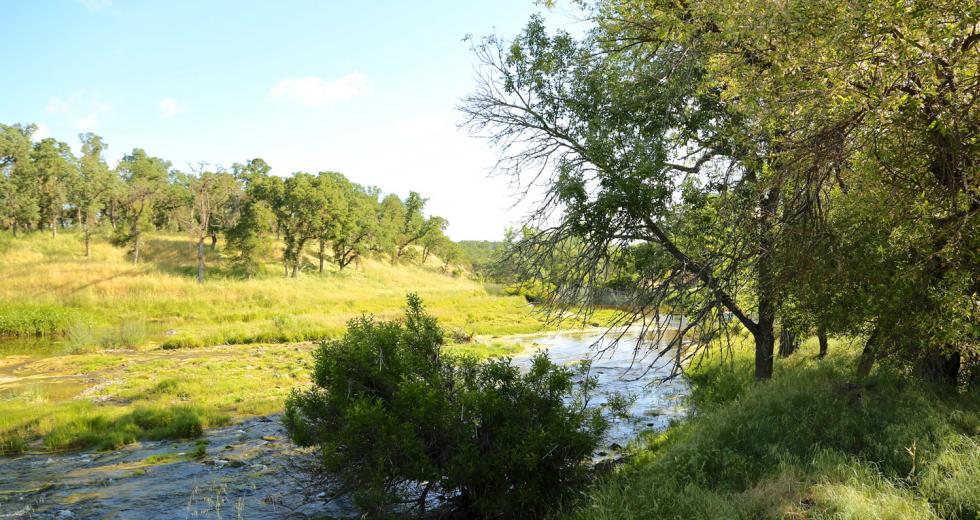In order for spawning Chinook salmon to return to Deer Creek this autumn, they first had to swim against the stream from the San Joaquin River to the Mokelumne River, east of Rio Vista. Then, the determined fish had to make their way up to where the Mokelumne meets the Cosumnes River, and finally, migrate several miles more to get to the shady shores of Deer Creek. They found that respite thanks to a multi-year environmental restoration project from the Sacramento Valley Conservancy in coalition with Teichert Construction.
The creek has been historically mined and thirsty ranchland placed nearby, says SVC Stewardship Director Lucie Adams. With the help of a National Fish and Wildlife Foundation Grant, “Our goal was to restore the habitat and landscape.”
The project was for a small section of the conservancy’s 375-acre Deer Creek Hills North parcel, just east of Scott Road, along the El Dorado County line, Adams says. A mile of the creek runs directly through their preserve lands, and their goal has been to restore the area in general — the spawning salmon returning to the creek for the first time since 2009 was a big, big bonus, she says.
“We planted over 300 trees and shrubs along the creek corridor to restore the shade and enhance these areas,” Adams says. Even though the project started right around the early years of the drought, she says, the team was able to change what she calls their “planting palette” to accommodate the lowered water table of the surrounding area. Officially, the grant-funded planting and restoration project seeks to rehabilitate the “streamside and riparian vegetation,” according to the SVC’s quarterly newsletter, Horizons.
Barry Baba, a habitat restoration and land manager at Teichert, says he was called upon nearly three years ago by the SVC to help with the restoration and monitoring of the creek area. Baba says they helped with “passive restoration efforts” like planting Oregon ash, willow, valley oak, blue oak and live oak trees, among other types of plants and shrubs, as well as more aggressive restoration efforts, such as installing fences to help keep cattle out of the creek bed and improve the water quality for the native inhabitants, including salmon. Baba says his team will continue to work with SVC on the Deer Creek site for another two years, against encroaching invasive species.



